Did you know that 8 out of 10 entrepreneurs will fail in their first year in business?
Still with me here?
If you read that statistic and felt more determined than ever to achieve your goals, you have the tenacity needed to become a successful entrepreneur.
Whether you’re just starting out or already have an established business, successful entrepreneurs eventually get to the point where they can’t manage things on their own anymore.
I remember when I hired my first employee.
It felt surreal.
“I finally made it!” I thought to myself. I was successful!
But growing your business to the level that you need to hire one or more employees presents a whole new set of challenges.
You’re now in charge of other people —not just yourself.
You’re responsible for their livelihoods, their development, and their work.
It’s a lot to deal with.
And like starting a business, hiring employees is risky, too.
One bad hire could cost your company 30% of your annual revenue. The negative effects go beyond just the bottom line.
Having to deal with the aftermath of a bad hiring decision can cost you valuable time and the trust of your customers.
You need to choose your team members very carefully without being paralyzed by fear.
It almost feels like starting an entirely new business when you invite someone new into your organization.
But it doesn’t have to be that hard.
I’ve definitely made a few of the mistakes on this list! You probably will, too.
The key is to always be learning and growing as a leader. Once your company expands beyond just you, it’s your responsibility to keep it afloat.
Here are the top 8 mistakes to watch out for when creating your team.
1. Not treating each team member as an individual
When you’re hiring someone, it’s easy to look at candidates’ skills on paper or how they fit into the role you’re offering. But you need to go beyond that.
Get to know them as people.
Find out what they love to do. Maybe one of their hobbies could have a real impact on your business.
For example, if your new hire loves to write, maybe they could take on some marketing tasks for you.
Even if you don’t use the information you learn, employees are happier when they’re treated as real human beings instead of just cogs in a machine.
I know — this is really groundbreaking information here.
Employers often lump together their employees using generational stereotypes.
For instance, you might have read all those articles that claim that millennials are lazy and entitled.
Just like any group of people, I’m sure some are lazy and entitled. But the millennials I know are extremely hardworking, able to research well, and devoted to their jobs.
The key is to forget about the stereotypes when you’re talking with or about your team.
Focus on their personalities, skills, and goals. Your attention will pay off when you can align everyone’s passions and skills to develop a highly engaged team.
2. Using only financial motivation
Let’s face it: We’re all at least a little bit financially motivated.
There’s nothing wrong with that.
You need to pay rent and bills at a basic minimum, and it’s nice to have a new iPhone once in a while. I get it.
But when you treat your employees like all they want is a paycheck, you’re doing them a disservice.
There are many other factors that contribute to your employees’ motivation.
Over 80% of respondents to a recent survey said they’d consider a job with lower pay if it had better health benefits or the ability to work flexible hours.
Don’t get me wrong. I’m not saying money isn’t important.
You should absolutely pay people proper wages that allow them to live comfortably.
Just don’t forget about all the other benefits people crave from their jobs.
Some people look for tangible benefits like vacation days. Others seek a sense of purpose in their jobs.
Motivated employees are 40% more productive than those who aren’t, and they can multiply their employers’ revenue by 4.5 times!
An experiment at Intel conducted by author Dan Ariely found that giving employees a cash bonus incentive was the worst way to motivate them.
The experiment was to measure the productivity of factory workers assembling computer chips. Employees were divided into four categories, with each given a different incentive:
- Free pizza
- A compliment from the manager
- A cash bonus
- No incentive
When the results of computer chip output were measured at the end of the week, the group that received the cash bonus had actually performed 6.5% worse than their peers.
The cash bonus ended up costing the company more money in lost productivity, and it didn’t serve to motivate people at all.
Surprisingly, the group with the highest output was the group who were given compliments.
For many people, feeling good about their work is all the motivation people need to work their hardest.
A little appreciation goes a long way. Remember that when you have your own team.
3. Not sharing your long-term vision
It’s critical for your entire team to be on the same page when it comes to your company mission, vision, and values.
A recent Gallup poll showed that only about 40% of millennial employees feel connected to their company’s vision.
The biggest thing you can do as a leader is to ensure your employees know how their work contributes to the company’s success and mission.
Starbucks does a great job of this, especially for such a huge company.
As of 2017, Starbucks has over 24,000 global store locations.
Its mission is to be the “third place” for its customers.
Howard Shultz, the company’s founder, wants his coffee shops to feel like the next best thing to work and home — in other words, the third place.
That’s communicated to employees all the time.
But to get them really engaged, Starbucks launched a website called My Starbucks Idea.
It allowed employees and customers to submit their ideas to make the Starbucks experience better for customers.
Since its launch, it’s generated over 150,000 new ideas, ranging from mobile drive-thru payments to cake pops.
By inviting others to share ideas that align with your mission and vision, you can create a positive culture of engaged employees and customers.
But none of this can happen without first communicating your mission statement.
Your mission is your “why.” It’s why you started your business and what kind of change you hope to make in the world.
61% of employees don’t know their employer’s mission statements. That’s a lot!
You can’t assume everyone can read your mind and knows your mission.
It helps to work the mission into all your communications, from company-wide meetings to individual sit-downs.
If you’re announcing a new feature for your software product, you could say, “We’re adding the ability for users to print their statements because our goal is to make accounting easier for them, and we realize a lot of people still like having paper copies.”
By constantly talking about company goals, your employees will see how their contributions help move corporate objectives forward.
In one-on-one meetings, communicate with your employees about their current work and future plans.
Make a point to sit down with each employee at least once a month.
Use these talks as an opportunity to check in with employees. Do they understand the company mission? Can you deliver any positive or constructive feedback employees might use to remain on track?
Which brings me to a really important mistake a lot of entrepreneurs make…
4. Shying away from tough conversations
I get it.
No one wants to be the bad guy.
Delivering tough feedback isn’t easy, but it doesn’t need to ruin your day, either.
Over 60% of managers are uncomfortable communicating with employees in general, which is worrying, and 37% dislike having to communicate feedback that the employee might not take well.
If you’re an entrepreneur, giving constructive criticism or delivering discipline might seem even more difficult.
You’ve built your company from scratch by yourself. You’ve only had to answer to yourself.
It can be hard to adjust to having to manage other people’s performance instead of just your own.
But feedback is essential to growing your team.
Even your star employees need regular constructive feedback about their performance.
The key is to be specific.
Let’s say that you’re working in a restaurant, and the manager says to you, “I didn’t like the way you dealt with that customer.”
You might think you need to improve, but do you know where you went wrong?
No. The manager didn’t tell you what specific mistakes you made while dealing with the customer.
A better way for the manager to deliver that feedback would be to say, “Stacey, next time you tell a customer that a menu item is out of stock, please make sure to give them a $10 coupon for their next visit with their bill. We like to surprise and delight our customers here.”
That’s a lot more helpful!
If you’re Stacey, you now know exactly what you need to change for next time.
Good feedback helps your team members grow.
It’s equally important to be specific when your employees have done something great. Don’t just give feedback when it’s constructive.
A common rule of thumb is to say 5 positive things for every 1 piece of criticism.
A small but specific phrase can go a long way toward boosting employee morale.
If you’re the manager at the aforementioned restaurant, you might say to Stacey, “Thanks for taking a shift on your day off to help us during the busy season! I really appreciate your dedication to our team.”
5. Not delegating enough
This one was tough for me to learn.
It turns out that one man alone cannot run the world.
If you’re an entrepreneur who struggles with delegating tasks to your team, you’re not alone.
Many entrepreneurs feel so protective over their companies that they think they’re the only ones who can do a certain task correctly.
This couldn’t be farther from the truth.
By not delegating, you’re actually limiting your company’s growth potential.
Delegating tasks to your team frees up your time to focus on the big picture ideas for the company. If you’re doing everything yourself, you’ll never have time to think too far into the future.
There are a few things to need to do to make sure you’re happy with the results of delegating your work.
Be specific.
Like giving feedback, you need to give specific direction to your employees for tasks you’re delegating to them.
This ensures that the task will get done as you intended.
Also, be specific about why you chose that employee to do this task.
You could say, “Hey Carl, I chose you to take over the weekly client reports for me because I know you really care about all our clients and want the best product for them. I know I can trust you with this!”
That lets Carl know that you’re counting on him to deliver, but also that you really value his commitment to your customers.
Connect the task to your goals.
You can’t just assign tasks and never look back.
Let your employee know how the task fits into your overall company goals. Like I mentioned before, an informed employee is an engaged employee.
Make sure Carl knows that your weekly client reports are crucial for understanding the health of your accounts — and, therefore, the overall profitability of the organization.
6. Not being available
You need to delegate your responsibilities, but you also can’t be unreachable.
Meeting with your employees one-on-one once a month is great, but you also need to be available for urgent situations or impromptu questions.
Basically, you can’t delegate everything and not be involved at all!
Regular communication with management makes employees feel valued and supported. They know they’ll get an opportunity to be heard.
A good practice to implement is having what some call an ‘open-door policy.’
This means that an employee can come up to you at any time with an urgent or not-so-urgent request, problem, or solution.
This works especially well when the employee is encouraged to talk to an immediate supervisor first instead of you, the CEO. This will save you time when addressing smaller workplace concerns.
Having an open-door policy fosters trust in your employees.
Many people want to feel like they’re part of a larger whole, or a team, and being able to talk openly creates that environment.
Make it a point to tell all your employees from day one about your open-door policy. Let them know that you want to hear their concerns and ideas to help grow the company.
7. Changing the rules (and not telling anyone)
Most companies have an employee handbook.
It’s given out to new hires to inform them about company benefits and need-to-know items. It also usually lays out the company’s policies on things like dismissals, non-compete agreements, dress codes, and many more things.
It’s an important document to let new hires know what to expect from your company.
But if it’s not enforced, what’s the point?
If your handbook describes the company’s decision-making process to be one way but carries out the process in a different way, an employee who disagrees with a decision could feel slighted.
A sense of distrust kicks in.
Businesses change their minds about how to handle issues all the time. That’s normal.
If you’re going to have an employee handbook of rules, make sure it’s current when you bring on new employees. And if you change something, let your current employees know.
Imagine how frustrating it would be if you were doing something you weren’t supposed to without even knowing it.
Maybe when you got hired, you were allowed to wear jeans on Fridays.
Somewhere along the way, that policy changed, but you weren’t told about it.
A few weeks later, your manager disciplines you for wearing jeans on Friday.
“Outrageous!” you think.
You would probably feel embarrassed that you didn’t know about the change, but how could you? It’s the company’s responsibility to communicate changes to employees.
Failing to communicate changes like this to your employees could also be mistaken for favoritism.
What if you got in trouble for wearing jeans on Fridays, but your manager lets other people in your department wear them?
Perceived favoritism can breed negativity quickly and cause good employees to leave.
As a leader, you need to be adept at avoiding playing favorites, or even seeming like you are.
8. Not rewarding your high performers
You don’t want to appear to give certain employees special attention, but you also need to reward your high-performing employees.
Sounds like a contradiction, right?
It’s not. You can be fair while still ensuring your high performers get recognized for a job well done.
In fact, if you don’t recognize your top talent, they’ll find recognition elsewhere.
41% of respondents to a survey about career growth said that they would have to leave their current employers to advance their careers.
Since many top performers are motivated by career growth, make sure you provide plenty of opportunities for the leaders of tomorrow to learn and grow into roles with more responsibility.
Be open about your succession plan.
Let your top performers know that one day, you’re not going to be the CEO anymore, and someone will need to step up to fill your shoes.
Your highest performers can get bored if they’re not constantly challenged.
Ensure that each member of your team has a personal development plan that sets out growth goals. This should be updated at least once a year during the employee’s annual review.
Each employee’s goals will be different, as are the things that motivate them.
Learning how to keep your top performers will rely on avoiding mistake #1 on this list: Make sure you get to know all your employees as individuals and learn what motivates them to be their best.
Not having the right team is the third most common reason new companies fail. Make sure you hang onto your top performers!
Conclusion
The road to success for entrepreneurs is paved with a lot of mistakes.
You will make them, but always remember to learn from them. Ideally, you’ll never make the same mistake twice.
As your business grows, you need more people to bring your mission to life. This is true whether you’re hiring a CFO or an SEO.
I made hundreds of mistakes when growing my businesses. It’s inevitable.
I remember my first venture: Starting a job board called Advice Monkey that was a huge flop.
But it doesn’t matter how many times you fail if you learned something from it.
I used the marketing skills I gained working on my failed project to launch Crazy Egg shortly after, eventually building it to over 100,000 users with my co-founder and a small marketing budget.
None of the growth I’ve had in any of my businesses would have been possible without having a talented team by my side.
Learning to hire and manage the very best people has been the hardest thing I’ve ever had to learn, but it’s also the most rewarding.
Many business owners assume they have to pay an above-average wage to attract and keep high-performing employees. The truth is it takes a lot more than money to motivate your best people.
Learn to have the tough conversations.
Learn to delegate and let go of your control-freak tendencies.
Most of all, learn to appreciate each team member’s unique talents and contributions. Thank them often.
How are you planning on growing your team?
If you already have one, what was the hardest lesson to learn about managing others?

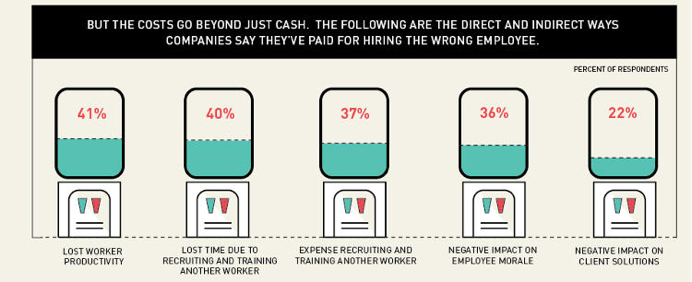
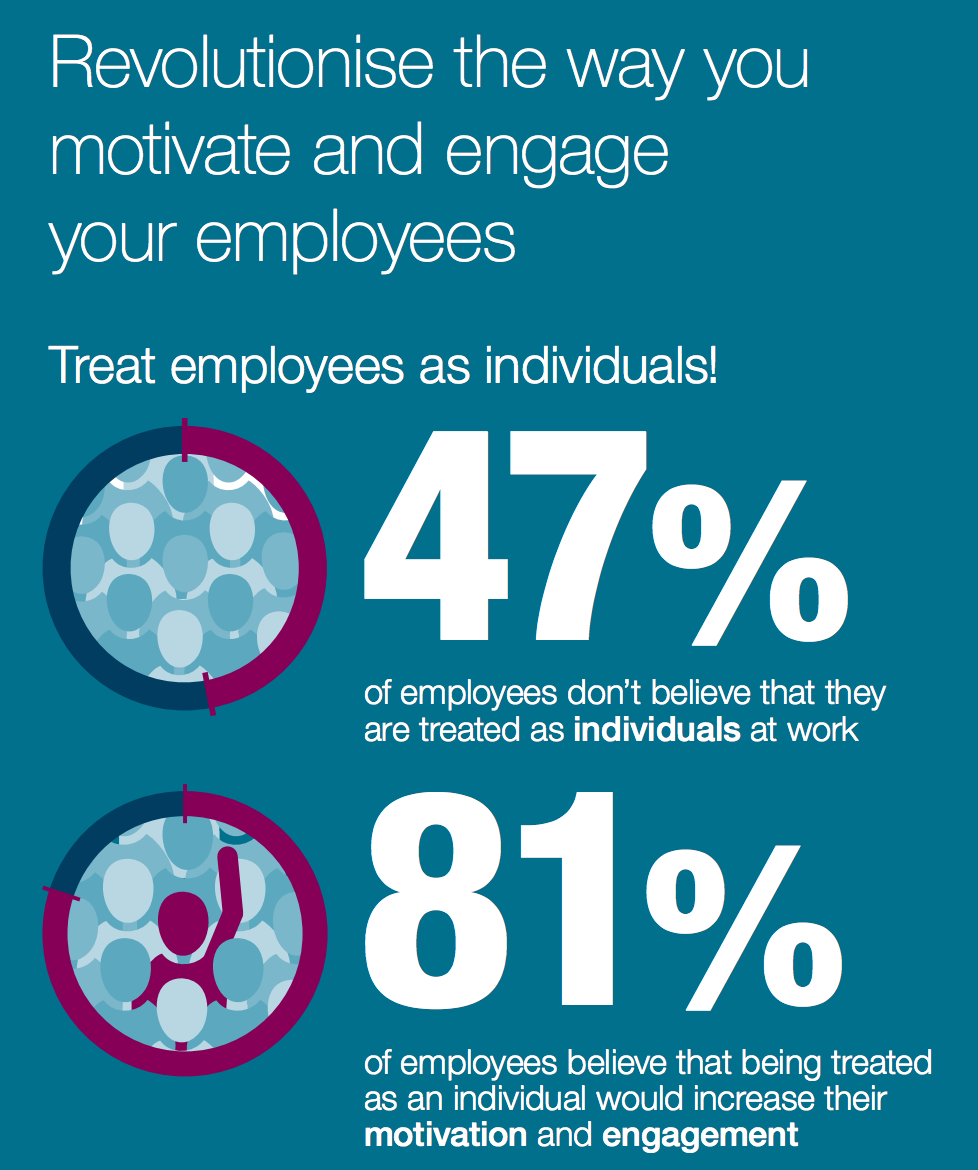
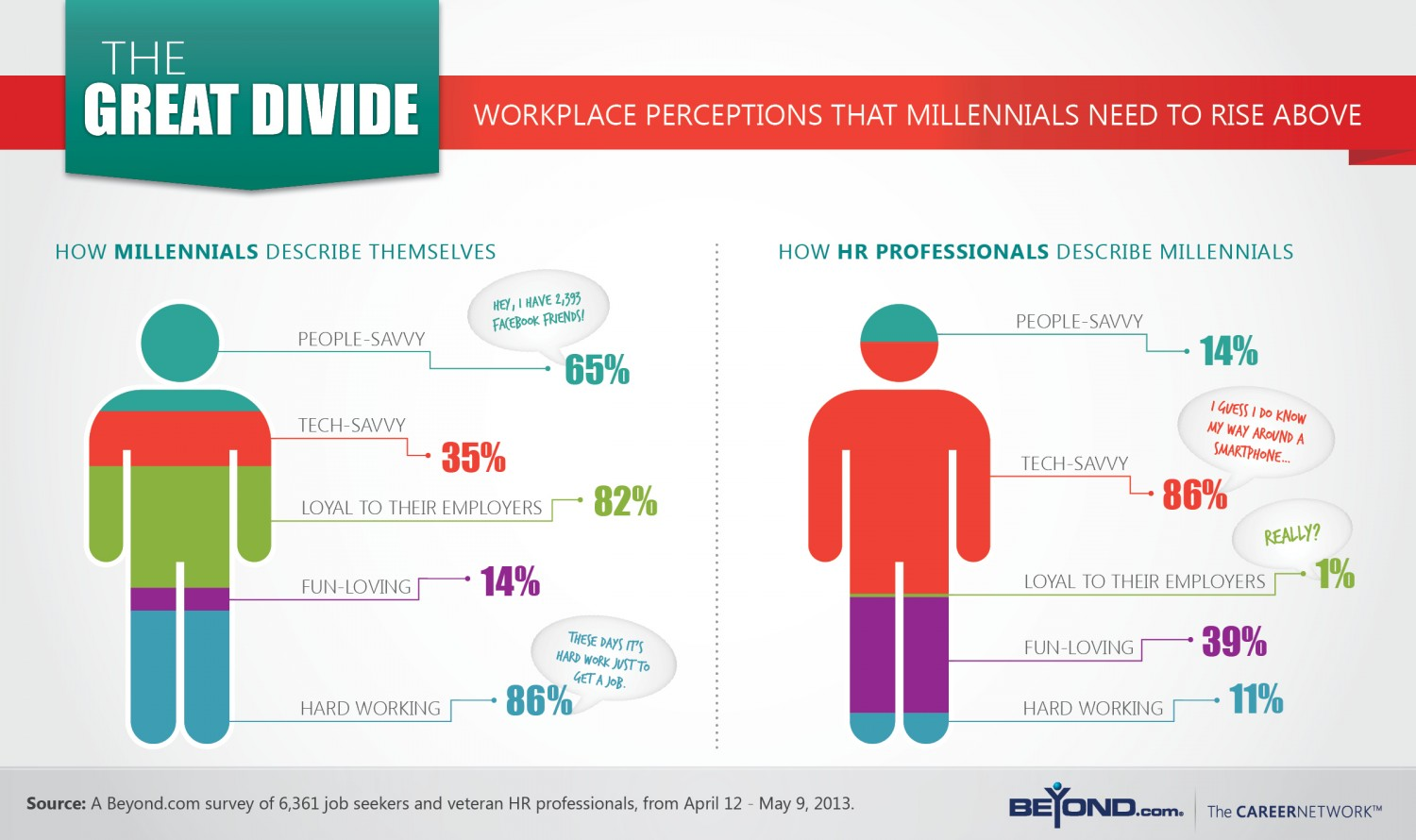
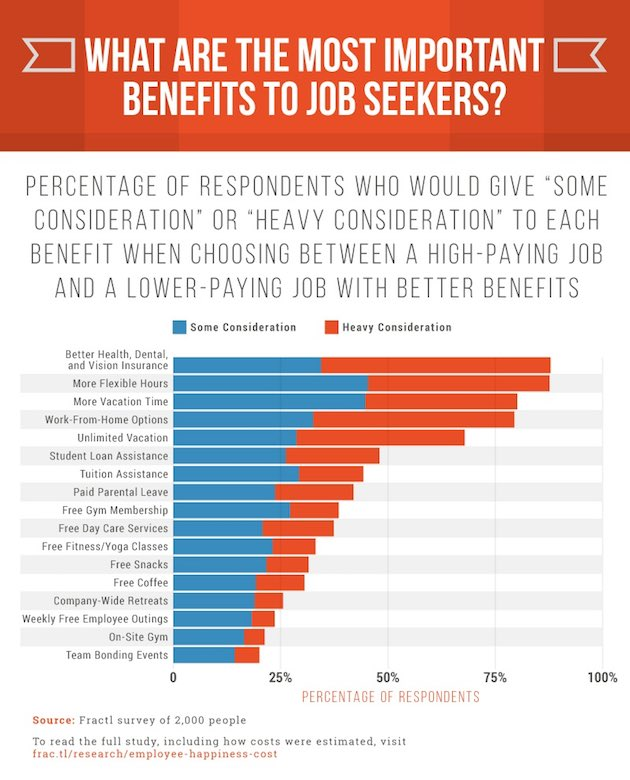
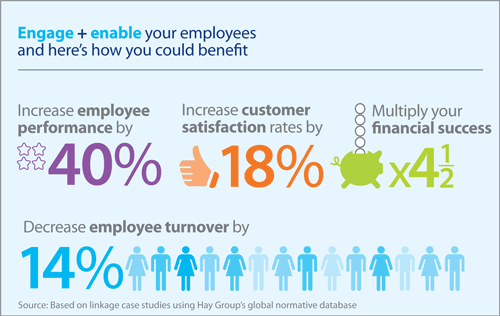
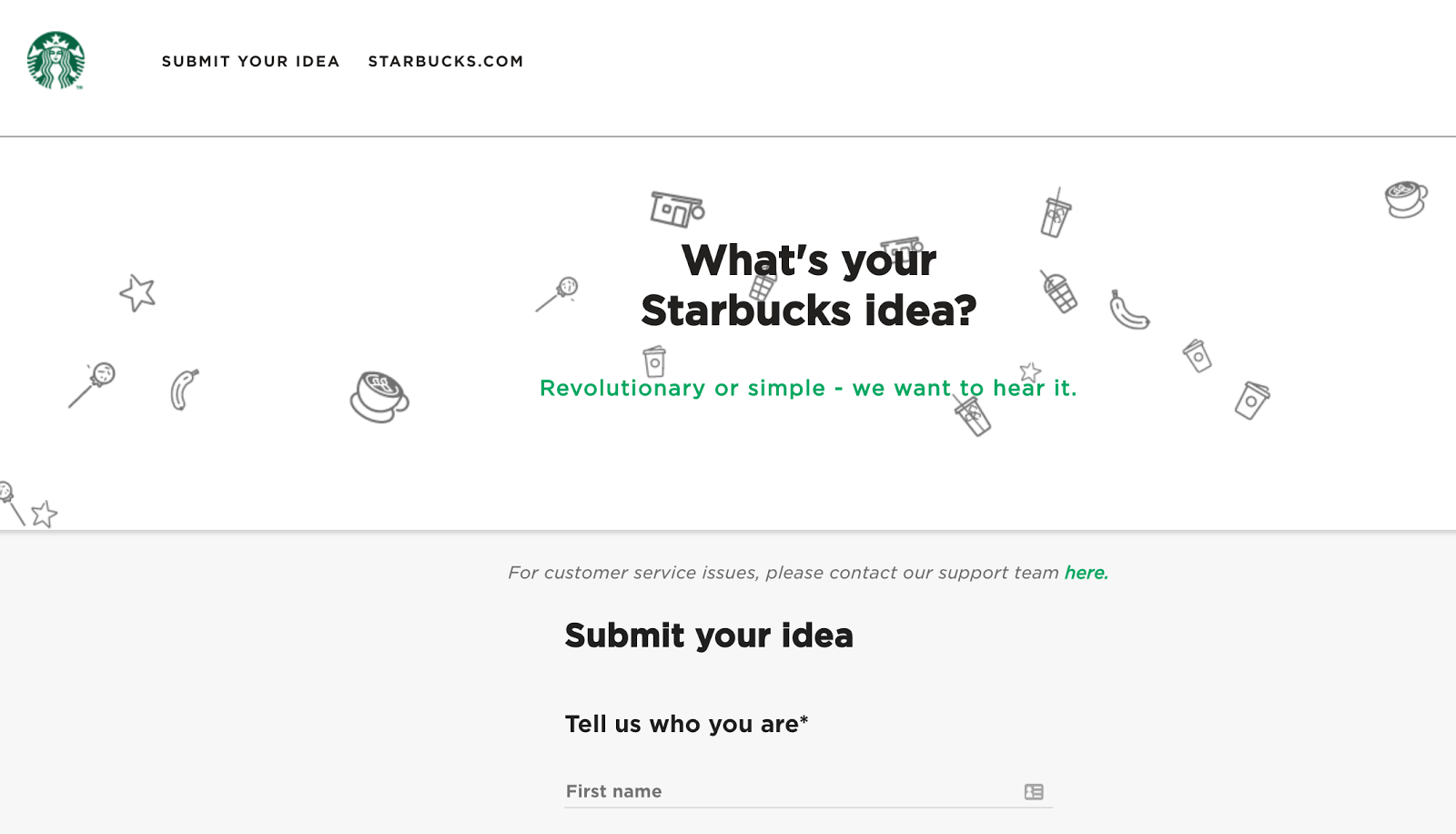

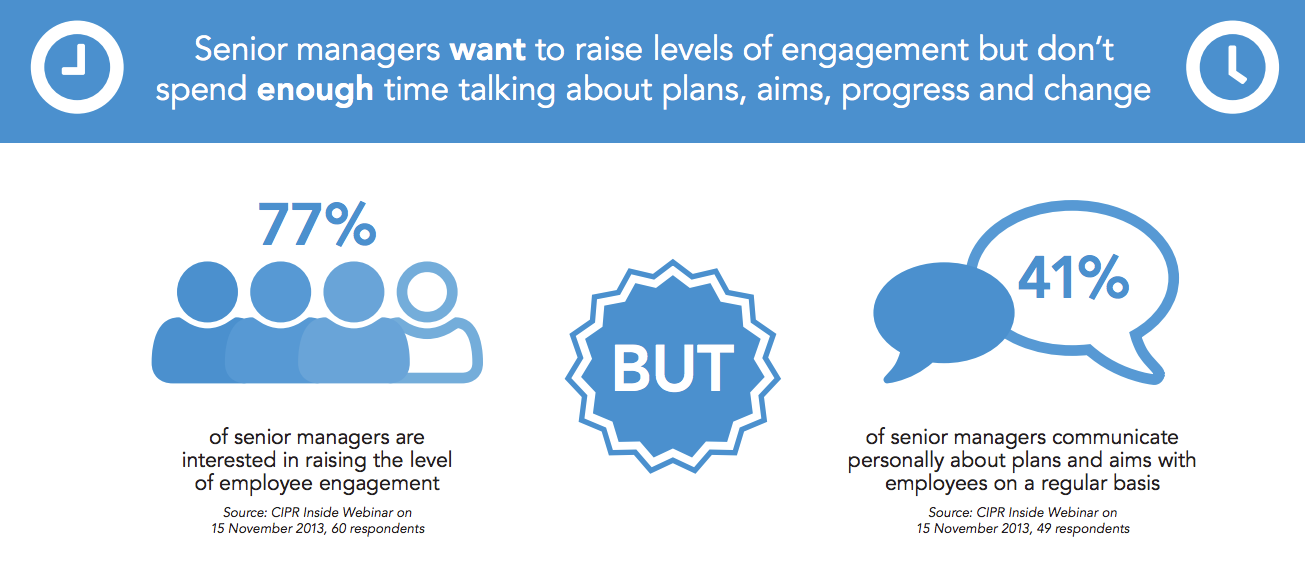
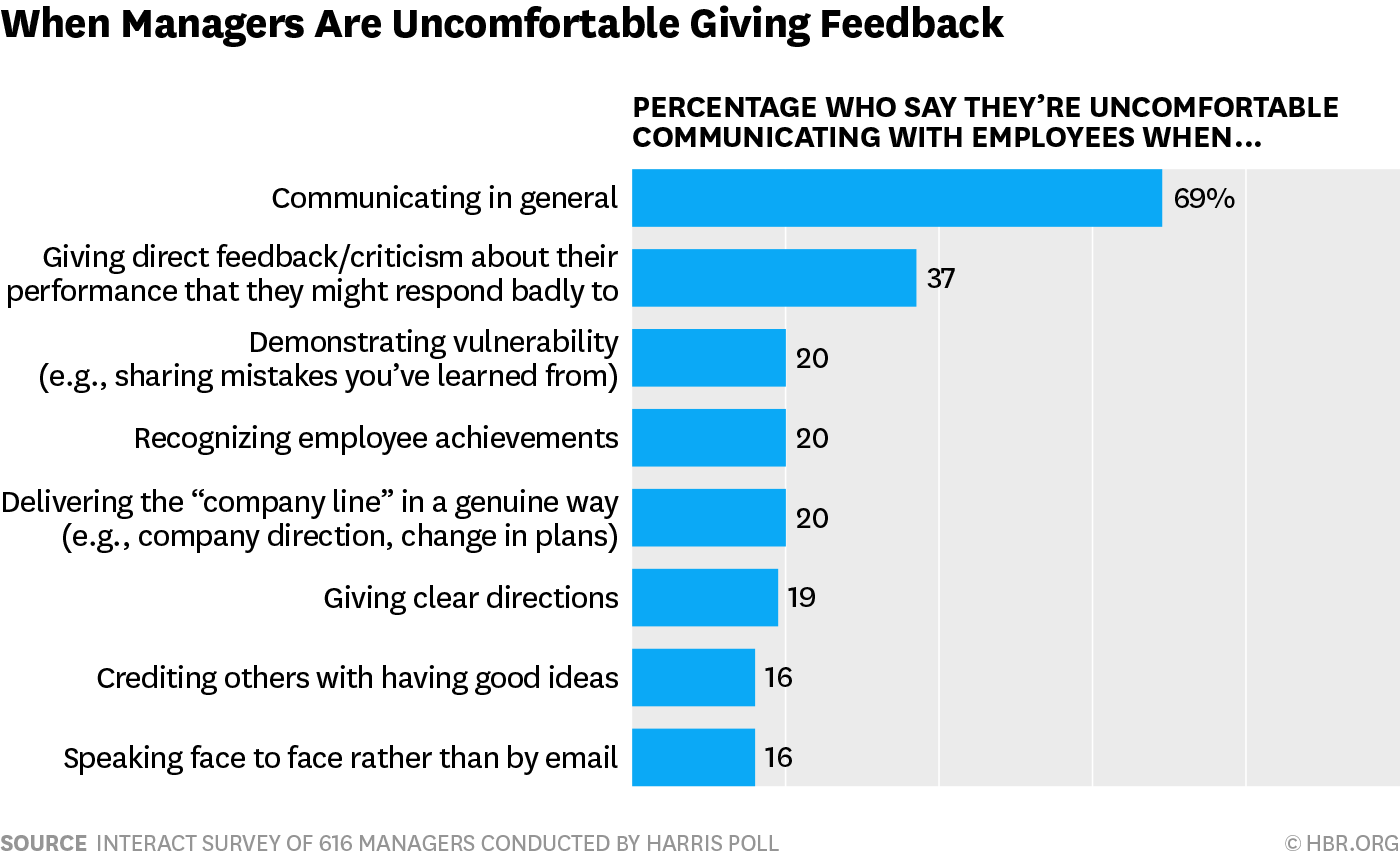
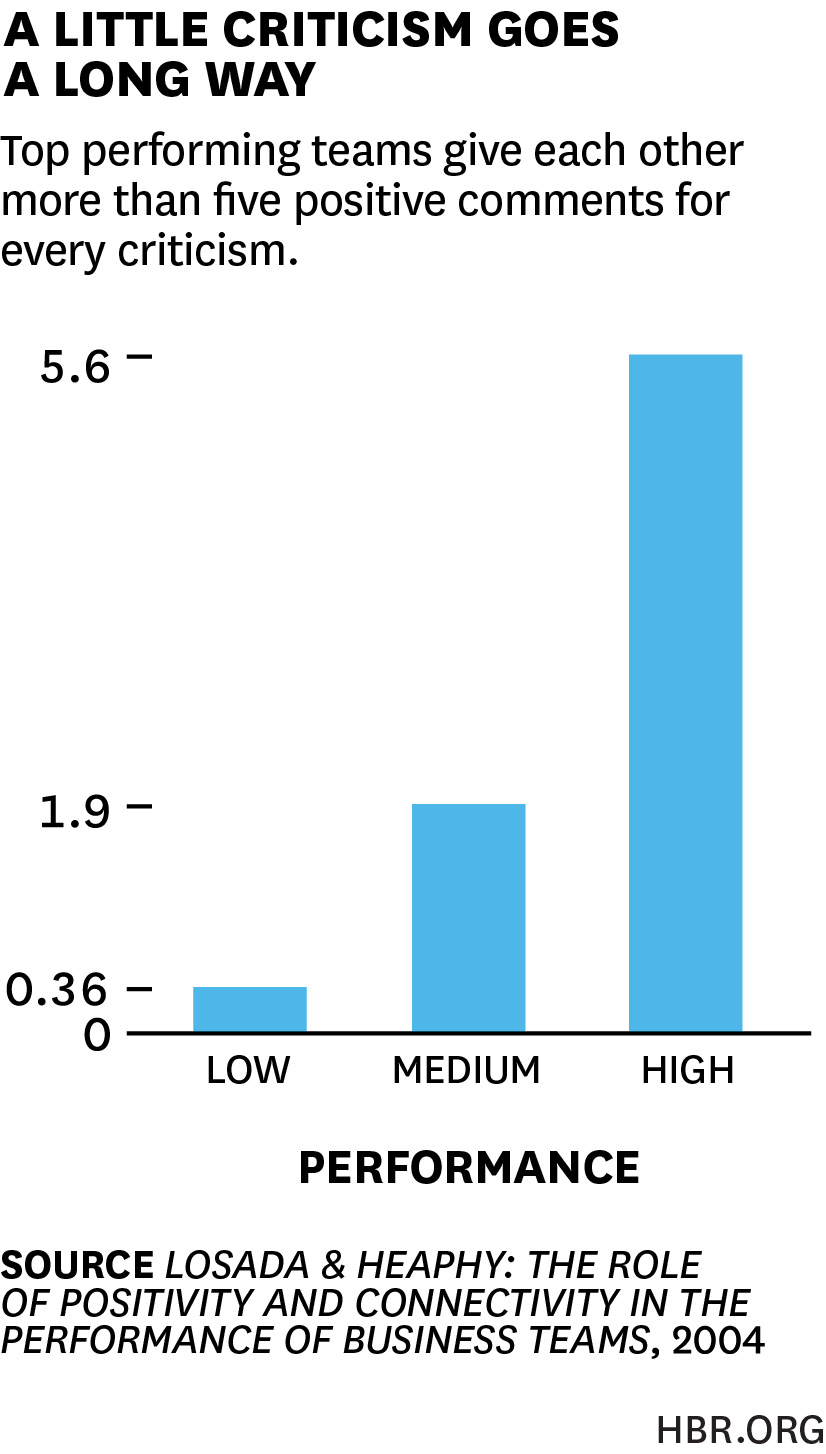
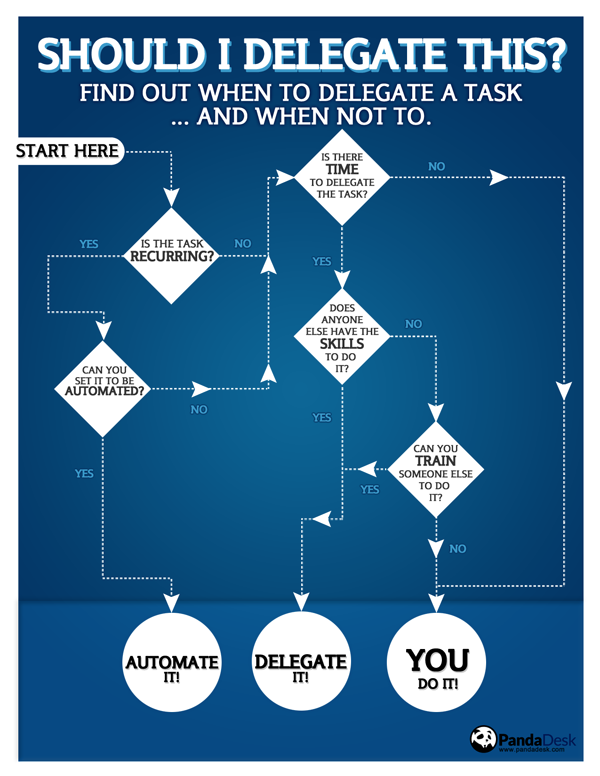
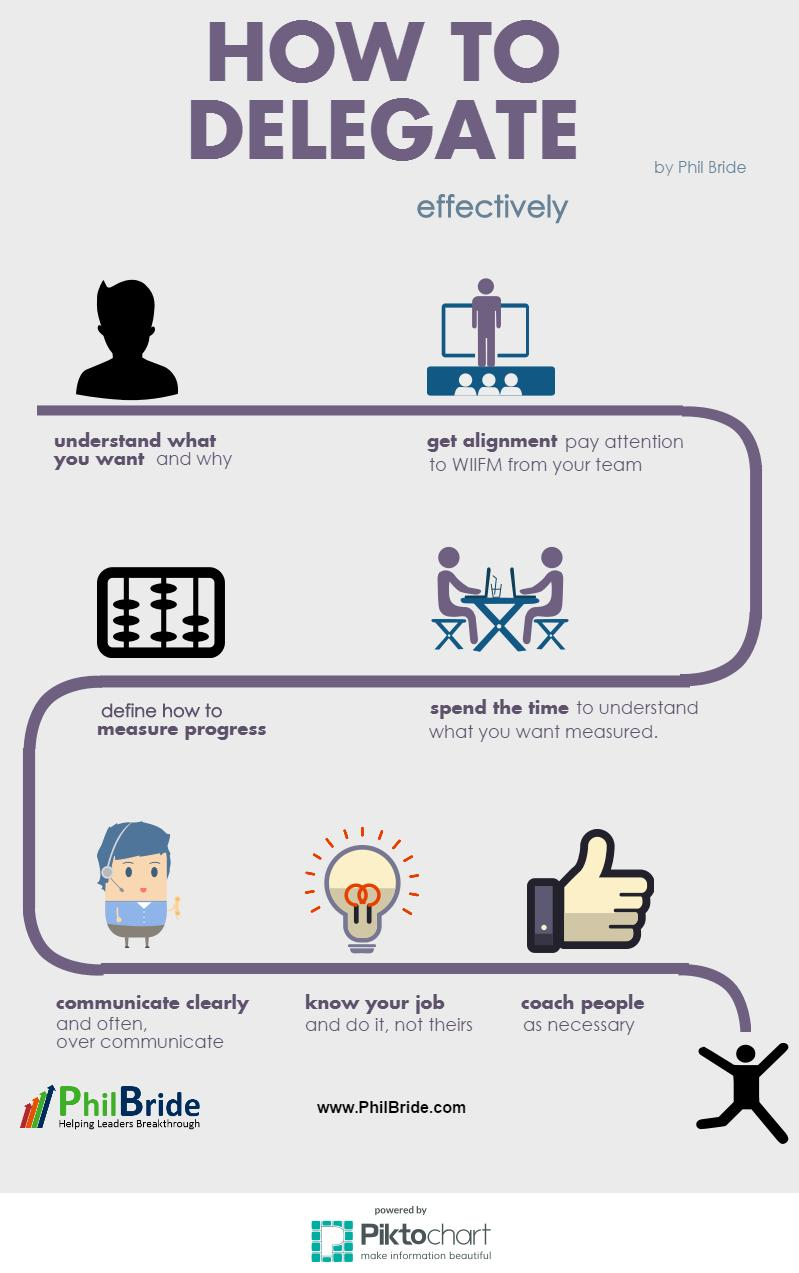


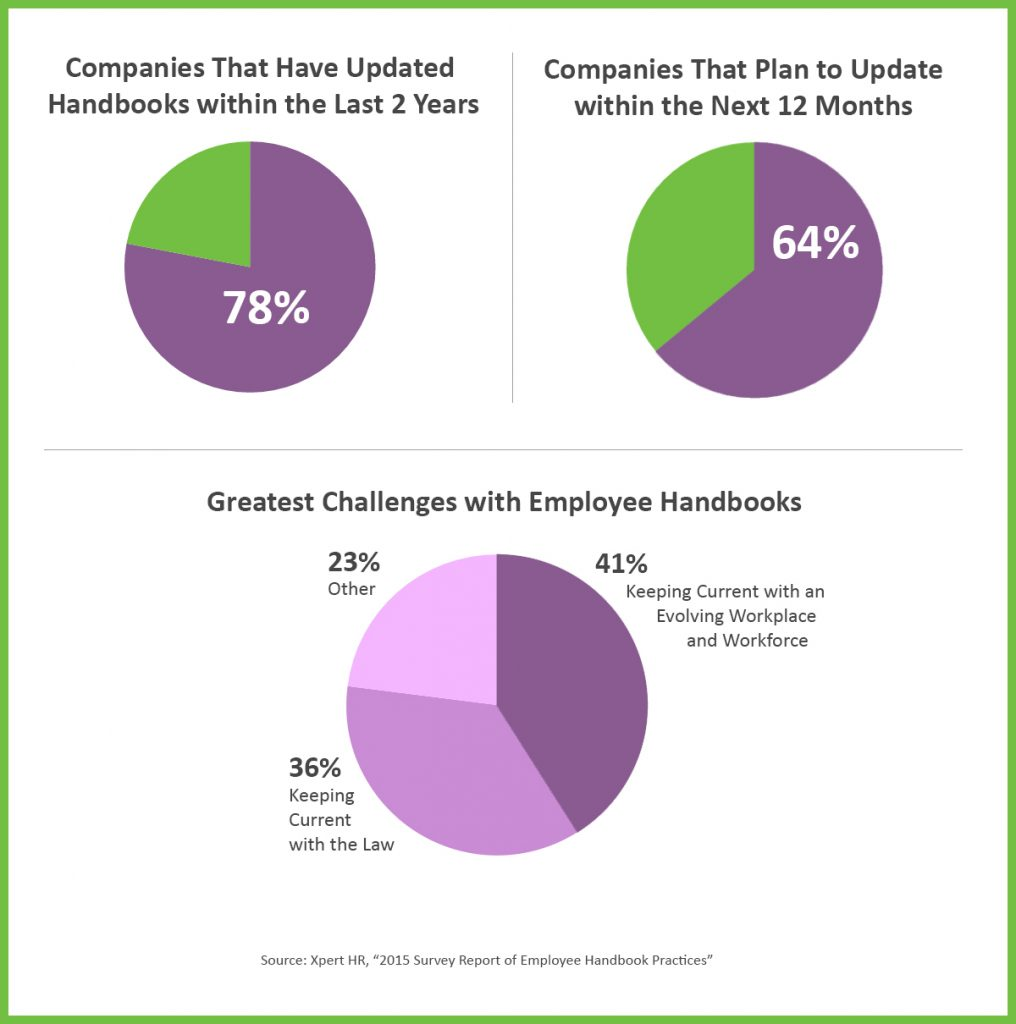
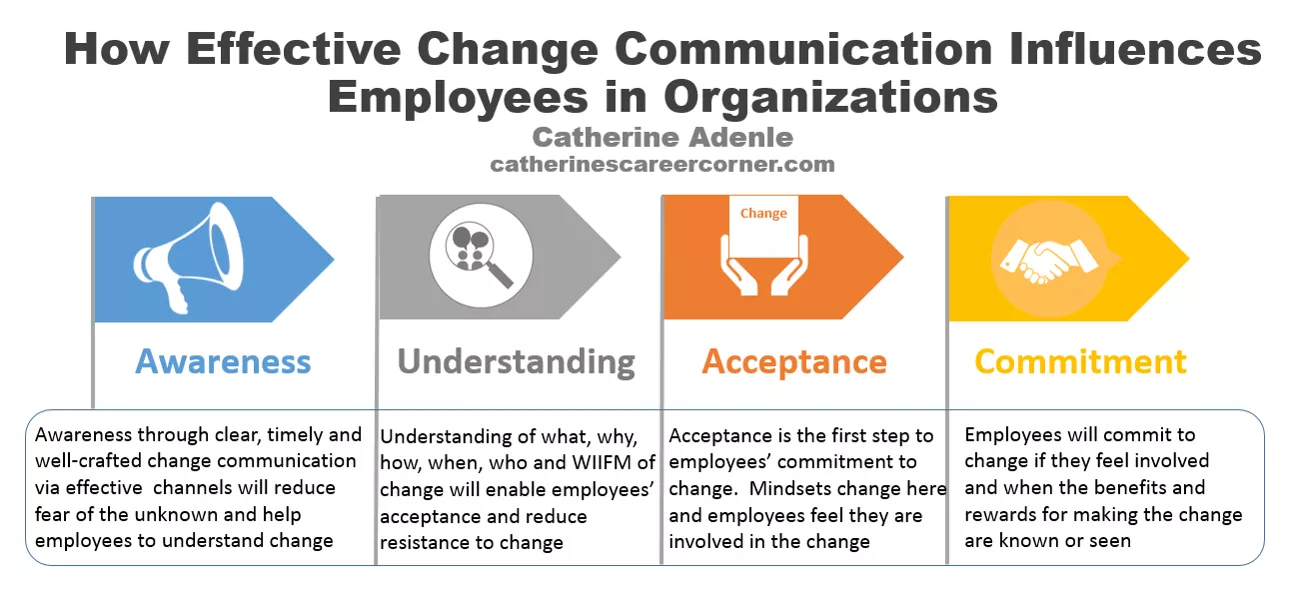
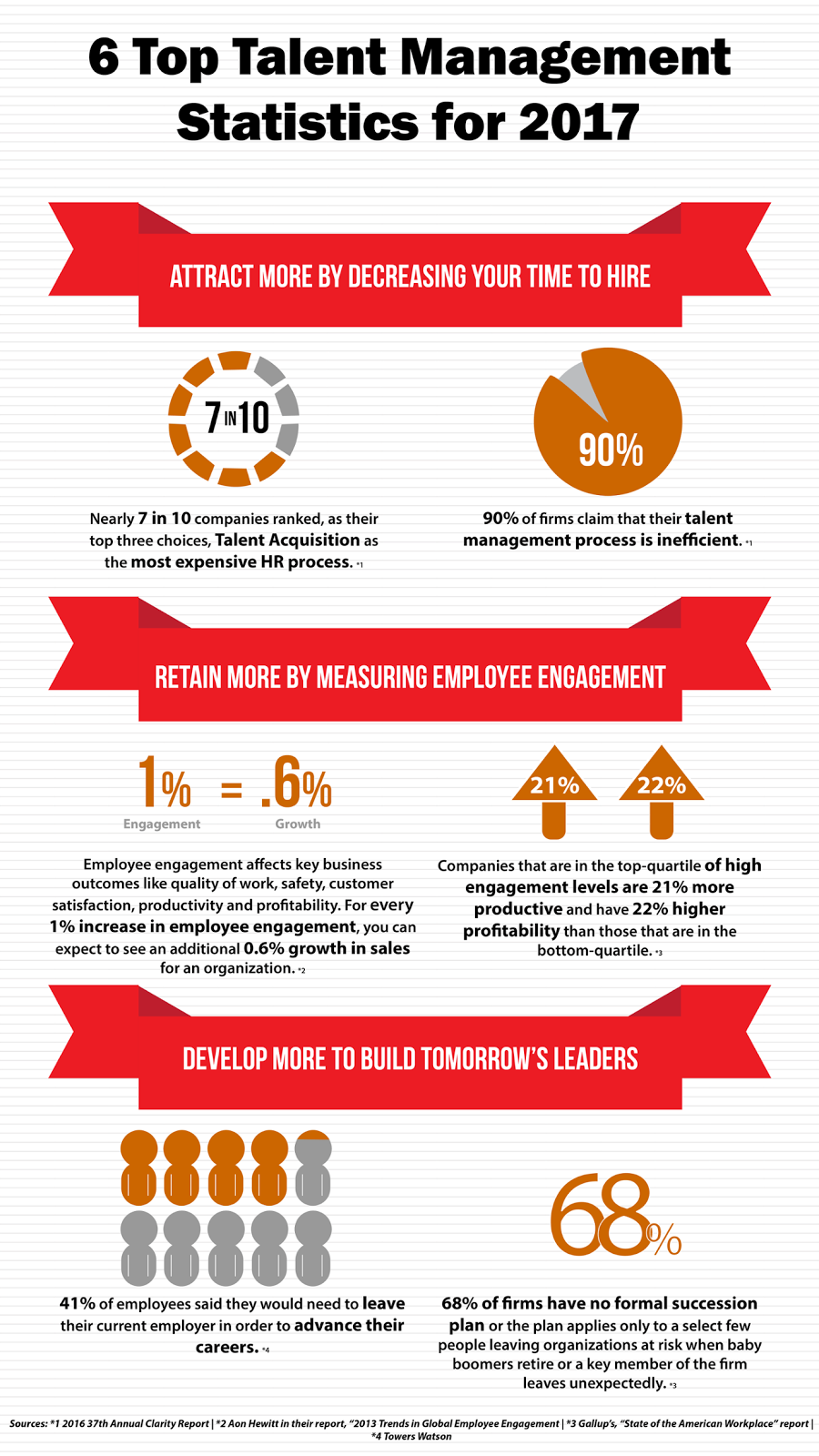

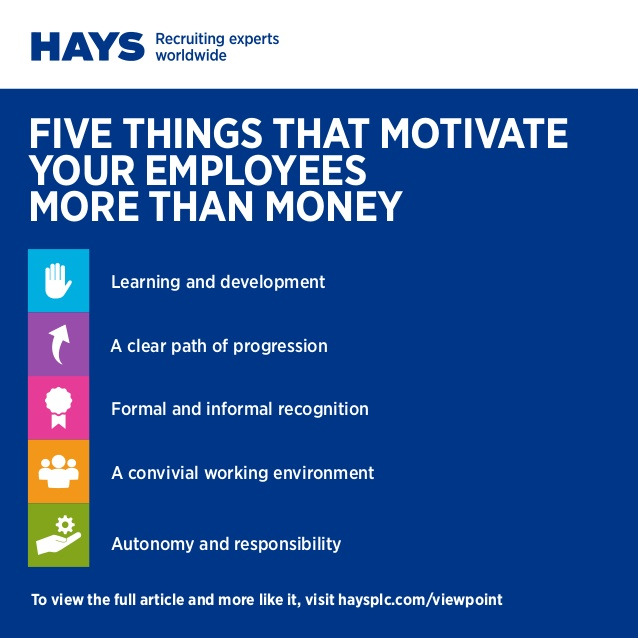
Comments (14)